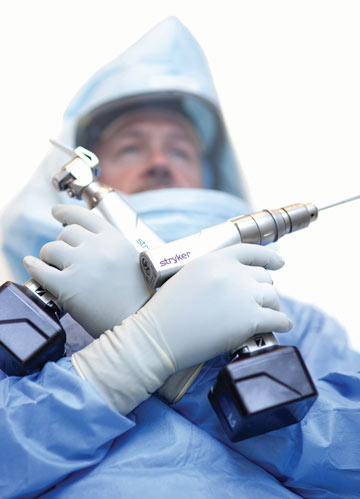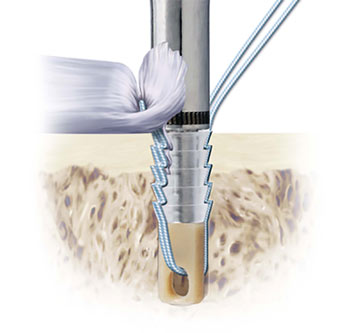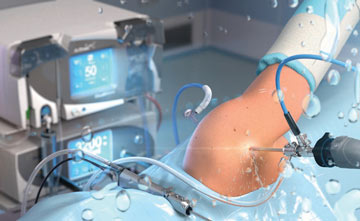There's no doubt a surgeon's skill and technique play a crucial role in the performance of arthroscopic surgery. But what's also undeniable is the role technology plays in conducting arthroscopic procedures that let physicians examine, treat and even reconstruct joints in a minimally invasive manner. This often leaves patients with rapid recovery times — and outpatient facilities with the ability to do many cases. Perhaps more than any other form of surgery, arthroscopy requires you to stay up-to-date on the latest products and technologies that are shaping an ever-changing field. With that goal, here are 5 advances that have made arthroscopy more safe, effective and efficient in recent years.
1 High-def imaging
By now, surgical facility leaders are starting to see the many benefits of the quality afforded to them through 4K imaging. While standard high-definition
no doubt offers quality imaging, there's a major difference when you make the leap to 4K. You can identify pathology, get specific measurements, treat conditions and perform arthroscopic surgery with greater clarity with the aid of 4K. With
this technology, it's the subtle differences in neighboring anatomy that can have a major impact on the surgery you're performing. The better the image, the easier it is for me to see and treat a patient. If I don't have to discern where a
cartilage defect begins or ends or where the anatomical landmark is for a ligament I'm reconstructing, I can operate much more efficiently — and expediently. The new arthroscopic imaging systems have been a great improvement in surgical
visualization.
2 Knotless suture anchors
One of the more exciting things about arthroscopy today is that we're doing large surgeries in a minimally invasive manner. This is possible
because of the advances in imaging systems, but also because of technological advances in the implants we're using to perform these surgeries.
.svg?sfvrsn=be606e78_3)



.svg?sfvrsn=56b2f850_5)